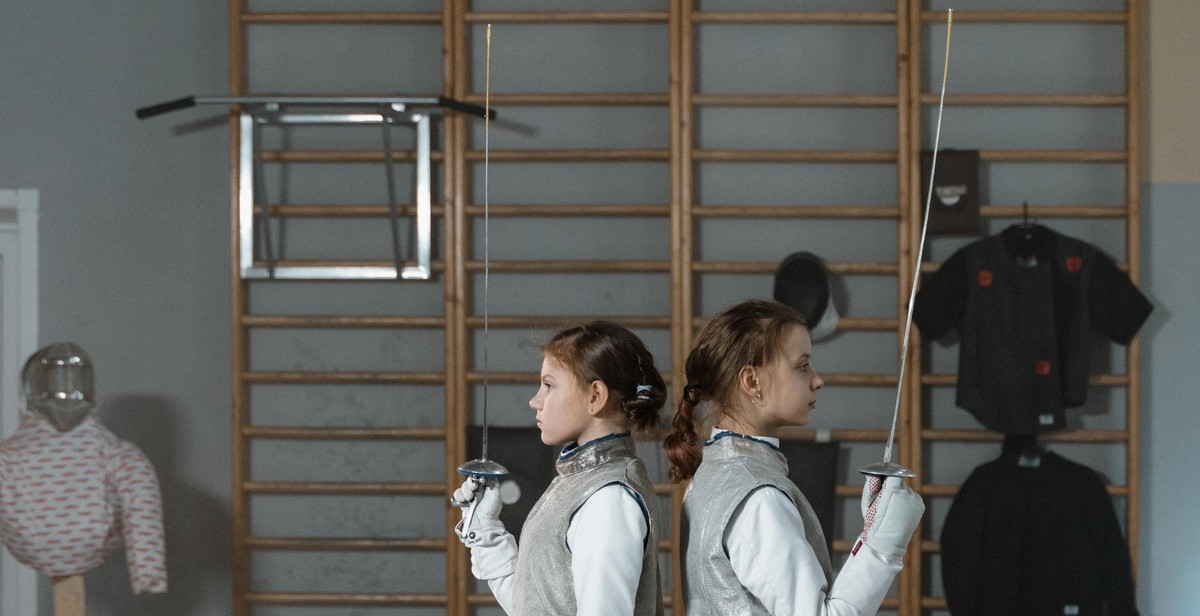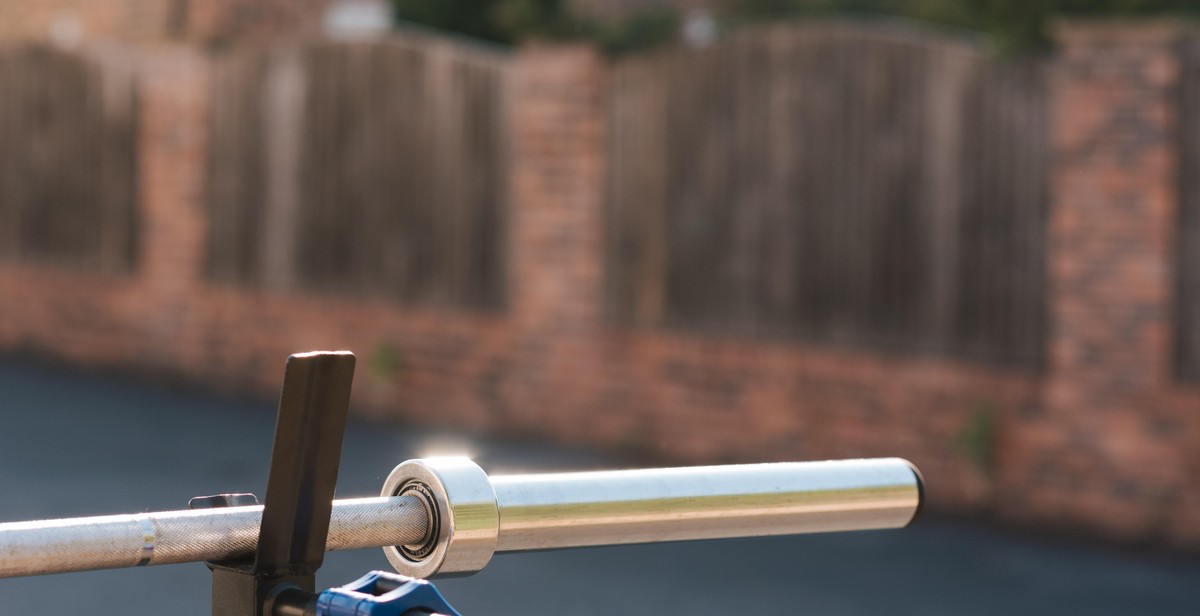How to Improve Your Fencing Skills: Training Exercises and Techniques for Fencers
As a professional fencer with over 10 years of experience, I have learned that mastering the art of fencing takes more than just physical strength and agility. It requires a combination of mental focus, strategic thinking, and technical skill. Whether you are a beginner or an experienced fencer, there is always room for improvement.
The Importance of Training Exercises
One of the most effective ways to improve your fencing skills is through training exercises. These exercises not only help you build strength and endurance, but also improve your footwork, blade work, and overall technique. Some of the most common training exercises include:
- Footwork drills
- Blade work exercises
- Reaction time drills
- Distance and timing drills
Techniques for Fencers
In addition to training exercises, there are also specific techniques that fencers can use to improve their performance. These techniques include:
- Mastering the en garde position
- Understanding and utilizing different types of attacks and defenses
- Learning how to read your opponent’s movements and anticipate their actions
- Developing a strong mental game and staying focused under pressure
By incorporating these training exercises and techniques into your fencing practice, you can take your skills to the next level and become a more successful and confident fencer.

Understanding the Basics of Fencing Training
If you are looking to improve your fencing skills, it is essential to start with the basics. Fencing is a physically demanding sport that requires a combination of speed, agility, strength, and endurance. To become a skilled fencer, you need to train regularly and focus on developing your footwork and blade work techniques.
Footwork Drills
Footwork is a crucial component of fencing, and it is essential to develop proper footwork techniques. There are several footwork drills that you can practice to improve your speed, balance, and coordination. One of the most effective footwork drills is the lunge. To perform a lunge, stand with your feet shoulder-width apart and step forward with your front foot. Bend your front knee and extend your back leg behind you, keeping your back foot on the ground. Repeat this drill on both sides of your body to develop balanced footwork.
Blade Work Exercises
Blade work is another critical aspect of fencing, and it involves mastering the use of your fencing weapon. There are several blade work exercises that you can perform to improve your technique. One of the most effective exercises is the parry-riposte. To perform a parry-riposte, start with your weapon in the en garde position. When your opponent attacks, use your weapon to block their attack (parry) and then immediately counter-attack (riposte) with your weapon.
Another blade work exercise is the disengage. To perform a disengage, start with your weapon in the en garde position. When your opponent attacks, use your weapon to move around their weapon and then immediately counter-attack.
Conclusion
By focusing on developing your footwork and blade work techniques, you can improve your fencing skills and become a skilled fencer. With regular training and practice, you can master the basics of fencing and develop the skills you need to succeed in this exciting sport.

Advanced Techniques for Improving Your Fencing Skills
Parrying and Riposting Drills
Parrying and riposting are essential skills for any fencer. To improve your parrying technique, try practicing the following drills:
- Parry and riposte against a stationary target
- Parry and riposte against a moving target
- Parry and riposte with footwork
- Parry and riposte with a partner
These drills will help you develop your timing, accuracy, and footwork when parrying and riposting. They will also help you anticipate your opponent’s moves and respond quickly with a counter-attack.
Counter-Attacks
Counter-attacks are a great way to catch your opponent off-guard and score a point. To improve your counter-attacking skills, try practicing the following drills:
- Counter-attack with a lunge
- Counter-attack with a fleche
- Counter-attack with footwork
- Counter-attack against a partner’s attack
These drills will help you develop your speed, agility, and reflexes when executing counter-attacks. They will also help you anticipate your opponent’s moves and respond quickly with a well-timed attack.
Feints
Feints are a great way to trick your opponent and create openings for attacks. To improve your feinting skills, try practicing the following drills:
- Feint with a disengage
- Feint with a beat
- Feint with footwork
- Feint against a partner’s parry
These drills will help you develop your deception, timing, and footwork when executing feints. They will also help you create openings for attacks and keep your opponent guessing.
| Technique | Drills |
|---|---|
| Parrying and Riposting | Parry and riposte against a stationary/moving target, with footwork, with a partner |
| Counter-Attacks | Counter-attack with a lunge/fleche, with footwork, against a partner’s attack |
| Feints | Feint with a disengage/beat, with footwork, against a partner’s parry |

Physical Training
Physical training is a crucial aspect of improving your fencing skills. Fencers require a combination of endurance, stamina, and strength to perform at their best. Here are some training exercises and techniques to help you improve your physical abilities:
Endurance and stamina training
Endurance and stamina are essential for fencers to maintain their performance throughout a match. One way to improve endurance is through cardiovascular training. Running, cycling, and swimming are all great options for improving your endurance. Interval training, where you alternate between high-intensity and low-intensity exercises, can also be effective.
Another way to improve your stamina is through footwork drills. Practicing footwork drills can help you improve your agility, balance, and coordination. Incorporating footwork drills into your training routine can also improve your endurance and stamina.
Strength and conditioning exercises
Strength and conditioning are also essential for fencers to perform at their best. Building strength in your legs, core, and upper body can help you generate more power in your attacks and improve your overall performance.
Weight training is an effective way to build strength. Squats, lunges, deadlifts, and bench presses are all great exercises for building strength in your legs, core, and upper body. Resistance bands and bodyweight exercises, such as push-ups and pull-ups, are also effective for building strength.
Conditioning exercises, such as plyometrics and agility drills, can also improve your strength and overall performance. Plyometrics, such as box jumps and jump squats, can help you improve your explosive power. Agility drills, such as ladder drills and cone drills, can improve your footwork and coordination.
| Exercise | Targeted Muscles |
|---|---|
| Squats | Legs, Core |
| Lunges | Legs, Core |
| Deadlifts | Legs, Back |
| Bench Presses | Chest, Arms |
| Push-Ups | Chest, Arms, Core |
| Pull-Ups | Back, Arms, Core |
By incorporating endurance and stamina training, as well as strength and conditioning exercises, into your training routine, you can improve your physical abilities and enhance your fencing skills.

Mental Preparation for Fencing
Fencing is not just about physical strength and agility but also requires mental toughness and focus. Mental preparation is a crucial aspect of fencing and can make a significant difference in your performance. Here are two mental preparation techniques that can help improve your fencing skills:
Visualization Techniques
Visualization is a powerful mental technique that involves creating a vivid image of yourself performing at your best. This technique helps to improve your confidence, focus, and overall performance. Before a match or training session, take a few minutes to visualize yourself executing perfect fencing techniques. See yourself moving gracefully, making quick decisions, and successfully landing hits on your opponent. Visualize the sound of the blades clashing and the feeling of victory. The more detailed and vivid your visualization is, the more effective it will be.
Mental Toughness Training
Mental toughness is the ability to stay focused and perform under pressure. As a fencer, you will face many challenging situations that require mental toughness. To develop mental toughness, you can practice techniques such as deep breathing, positive self-talk, and mindfulness meditation. These techniques can help you stay calm and focused during a match, even when you are facing a tough opponent or falling behind in points.
| Technique | Description |
|---|---|
| Deep Breathing | Take slow, deep breaths to calm your nerves and reduce stress. |
| Positive Self-Talk | Use positive affirmations to boost your confidence and focus on your strengths. |
| Mindfulness Meditation | Practice being present in the moment and focusing on your breath to improve your focus and mental clarity. |
By incorporating visualization techniques and mental toughness training into your fencing routine, you can improve your mental preparation and overall performance. Remember, fencing is not just about physical strength but also mental strength. With practice and dedication, you can become a mentally tough and skilled fencer.

Conclusion
Fencing is a challenging and exciting sport that requires dedication, discipline, and constant practice. By incorporating the training exercises and techniques discussed in this article, fencers can improve their skills and performance on the strip.
Remember to Warm Up and Cool Down
Before starting any fencing training, it is important to warm up your muscles and joints to prevent injury. Similarly, cooling down after training can help reduce muscle soreness and stiffness. Incorporating stretching exercises into your warm-up and cool-down routines can also improve your flexibility and range of motion.
Practice Footwork and Blade Work
Footwork and blade work are essential skills for fencers to master. Practicing footwork drills can improve your speed, agility, and balance on the strip. Similarly, blade work exercises can help you develop your accuracy, timing, and control.
Work on Your Physical and Mental Conditioning
Fencing requires both physical and mental conditioning. Building strength, endurance, and cardiovascular fitness can help you perform better and reduce your risk of injury. Additionally, developing mental toughness, focus, and concentration can help you stay calm and composed under pressure.
Find a Good Coach and Training Partner
A good coach and training partner can provide you with valuable feedback, guidance, and motivation. Look for a coach who has experience and expertise in fencing and who can tailor their coaching style to your individual needs and goals. Similarly, finding a training partner who is at or above your skill level can help you improve your technique and challenge you to push your limits.
Improving your fencing skills takes time, effort, and dedication. By following the tips and techniques outlined in this article, you can take your fencing to the next level and achieve your goals on the strip.
